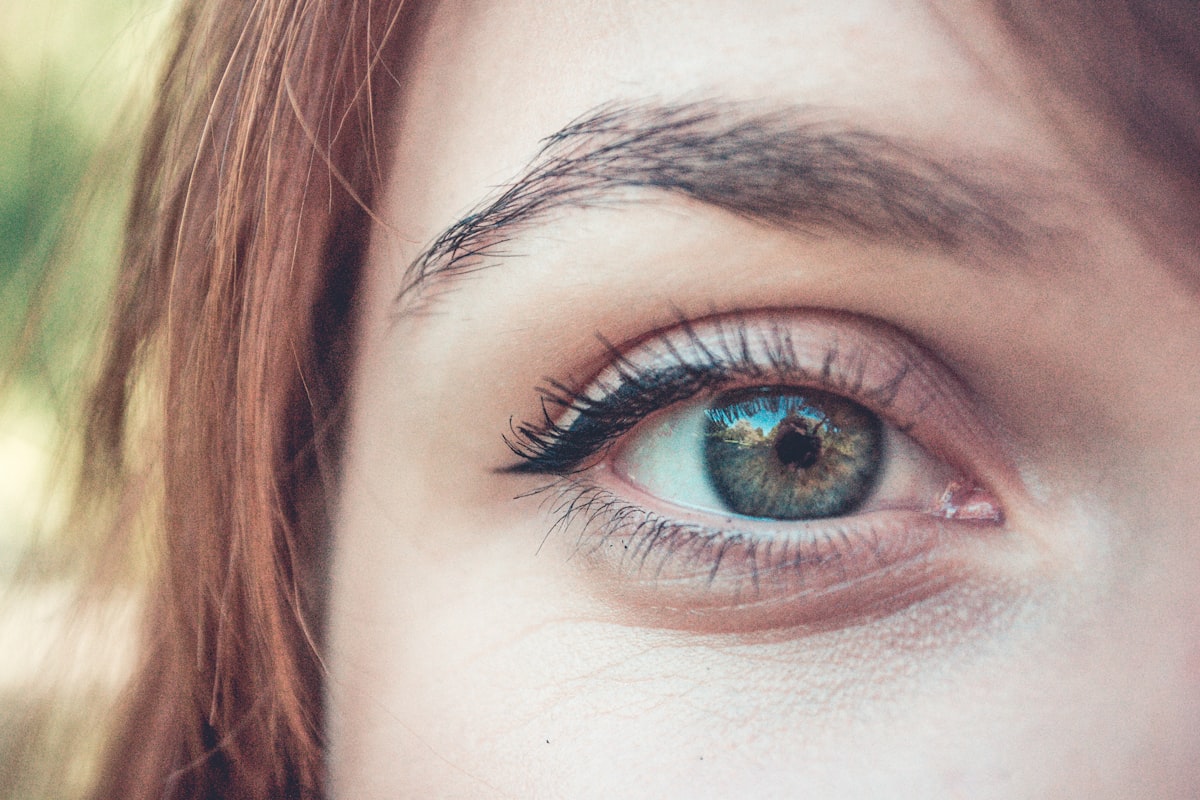The efficacy of the conjunctival application of a crude concentration of stingless bee honey (SBH) for the treatment of bacterial conjunctivitis was investigated in an animal model. Bacterial conjunctivitis caused by Staphylococcus aureus or Pseudomonas aeruginosa was induced in Hartley guinea pigs.
Honey has been considered as a therapeutic agent; its successful application in the treatment of non-healing infected wounds has promoted its further clinical usage for treating various disorders including eye disorders. There is evidence that honey may be helpful in treating dry eye disease, post-operative corneal edema, and bullous keratopathy. Furthermore, it can be used as an antibacterial agent to reduce the ocular flora.
The efficacy of the conjunctival application of a crude concentration of stingless bee honey (SBH) for the treatment of bacterial conjunctivitis was investigated in an animal model. Bacterial conjunctivitis caused by Staphylococcus aureus or Pseudomonas aeruginosa was induced in Hartley guinea pigs. The conjunctival application of SBH or gentamicin was used for treatment, and the results of this treatment were compared with control values. Inflammatory signs, duration of infection (ie, positive culture), and time for the complete resolution of infection with S. aureus or P. aeruginosa were shortened by the conjunctival application of 1 drop (70 µL) of crude SBH twice daily. The potency of SBH was comparable with that of gentamicin. SBH may be a rational agent for the treatment of infective conjunctivitis in humans; it is inexpensive and commonly available to the rural population.
Infection of the eye can result in conjunctivitis, keratitis, endophthalmitis, and other infections that are responsible for increased incidences of morbidity and blindness worldwide. These infections are common occurrences in the tropics and in resource-poor countries as a result of poor hygiene and environmental contaminants. Furthermore, the problems of resistance, adverse responses, and the high cost of established antibiotic compounds have given rise to the search for new anti-infective agents from natural sources for better therapeutic effects.
Stingless bee honey (SBH) – a natural product from a diverse group of highly eusocial bees (ie, meliponines) that comprise the tribe Meliponini in the family Apidae – has shown therapeutic potential in current research. Undiluted SBH was found to be bactericidal for many pathogenic organisms, including various Gram-negative and Gram-positive bacteria. In another study, SBH was more potent than the standard antibiotics against both Gram-positive and Gram-negative bacteria. In a recent study, undiluted SBH and SBH at concentrations of 60% or more were effective against isolated agents of conjunctivitis.
Melipona Bee Honey: A Natural Remedy for Bacterial conjunctivitis
What is Bacterial Conjuctivitis?
Bacterial conjunctivitis is an infection of the eye's mucous membrane, the conjunctiva, which extends from the back surface of the eyelids (palpebral and tarsal conjunctiva), into the fornices, and onto the globe (bulbar conjunctiva) until it fuses with the cornea at the limbus.
Conjunctivitis, also informally known as "pink eye," makes up the majority of ophthalmologic disorders seen at primary care clinics. Patients present complaining of eye redness, which may or may not be accompanied by pain, itching, and discharge. Dilation of conjunctival blood vessels secondary to viral or bacterial infection, chemical exposures, or allergies results in the redness seen on the examination. While viral and allergic conjunctivitis occurs more frequently, bacterial conjunctivitis is responsible for increased morbidity and provides a more challenging clinical scenario for physicians.
Pink eye (conjunctivitis) is an inflammation or infection of the transparent membrane (conjunctiva) that lines your eyelid and covers the white part of your eyeball. When small blood vessels in the conjunctiva become inflamed, they're more visible. This is what causes the whites of your eyes to appear reddish or pink.
Pink eye is commonly caused by a bacterial or viral infection, an allergic reaction, or — in babies — an incompletely opened tear duct.
Though pink eye can be irritating, it rarely affects your vision. Treatments can help ease the discomfort of pink eye. Because pink eye can be contagious, early diagnosis and treatment can help limit its spread.
Symptoms
The most common pink eye symptoms include:
- Redness in one or both eyes
- Itchiness in one or both eyes
- A gritty feeling in one or both eyes
- A discharge in one or both eyes that forms a crust during the night that may prevent your eye or eyes from opening in the morning
- Tearing
Causes
Causes of pink eye include:
- Viruses
- Bacteria
- Allergies
- A chemical splash in the eye
- A foreign object in the eye
- In newborns, a blocked tear duct
Viral and bacterial conjunctivitis
Most cases of pink eye are typically caused by adenovirus but can also be caused by herpes simplex virus, varicella-zoster virus, and various other viruses, including the virus that causes coronavirus disease 2019 (COVID-19).
Both viral and bacterial conjunctivitis can occur along with colds or symptoms of a respiratory infection, such as a sore throat. Wearing contact lenses that aren't cleaned properly or aren't your own can cause bacterial conjunctivitis.
Both types are very contagious. They are spread through direct or indirect contact with the liquid that drains from the eye of someone who's infected. One or both eyes may be affected.
Allergic conjunctivitis
Allergic conjunctivitis affects both eyes and is a response to an allergy-causing substance such as pollen. In response to allergens, your body produces an antibody called immunoglobulin E (IgE). This antibody triggers special cells called mast cells in the mucous lining of your eyes and airways to release inflammatory substances, including histamines. Your body's release of histamine can produce a number of allergy signs and symptoms, including red or pink eyes.
If you have allergic conjunctivitis, you may experience intense itching, tearing and inflammation of the eyes — as well as sneezing and watery nasal discharge. Most allergic conjunctivitis can be controlled with allergy eyedrops.
Conjunctivitis resulting from irritation
Irritation from a chemical splash or foreign object in your eye is also associated with conjunctivitis. Sometimes flushing and cleaning the eye to rid it of the chemical or object causes redness and irritation. Signs and symptoms, which may include watery eyes and a mucous discharge, usually clear up on their own within about a day.
If initial flushing doesn't resolve the symptoms, or if the chemical is a caustic one such as lye, you need to be seen by your doctor or eye specialist as soon as possible. A chemical splash into the eye can cause permanent eye damage. Persistent symptoms could also indicate that you still have the foreign body in your eye — or possibly a scratch over the cornea or the covering of the eyeball (sclera).
Risk factors
Risk factors for pink eye include:
- Exposure to something for which you have an allergy (allergic conjunctivitis)
- Exposure to someone infected with the viral or bacterial form of conjunctivitis
- Using contact lenses, especially extended-wear lenses
Complications
In both children and adults, pink eye can cause inflammation in the cornea that can affect vision. Prompt evaluation and treatment by your doctor for eye pain, a feeling that something is stuck in your eye (foreign body sensation), blurred vision or light sensitivity can reduce the risk of complications.
Prevention
Preventing the spread of pink eye
Practice good hygiene to control the spread of pink eye. For instance:
- Don't touch your eyes with your hands.
- Wash your hands often.
- Use a clean towel and washcloth daily.
- Don't share towels or washcloths.
- Change your pillowcases often.
- Throw away your eye cosmetics, such as mascara.
- Don't share eye cosmetics or personal eye care items.
Keep in mind that pink eye is no more contagious than the common cold. It's okay to return to work, school or child care if you're not able to take time off — just stay consistent in practicing good hygiene.
Preventing pink eye in newborns
Newborns' eyes are susceptible to bacteria normally present in the mother's birth canal. These bacteria cause no symptoms in the mother. In rare cases, these bacteria can cause infants to develop a serious form of conjunctivitis known as ophthalmia neonatorum, which needs treatment without delay to preserve sight. That's why shortly after birth, an antibiotic ointment is applied to every newborn's eyes. The ointment helps prevent eye infection.
Can you use honey for Bacterial conjunctivitis (pink eye)?
The antimicrobial properties of honey can fight a bacterial eye infection, stop it from spreading, and reduce redness, and speed healing. Order here




